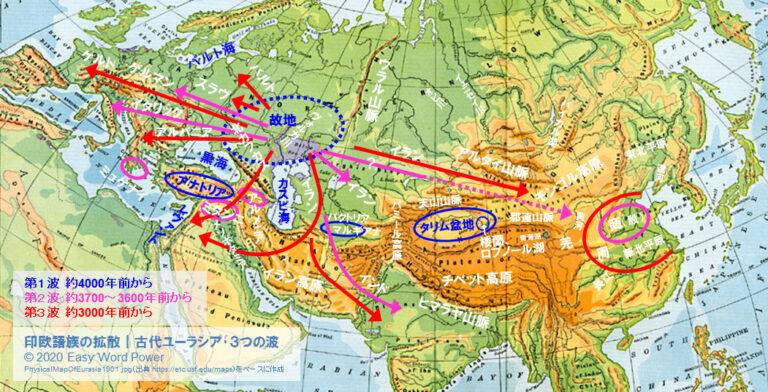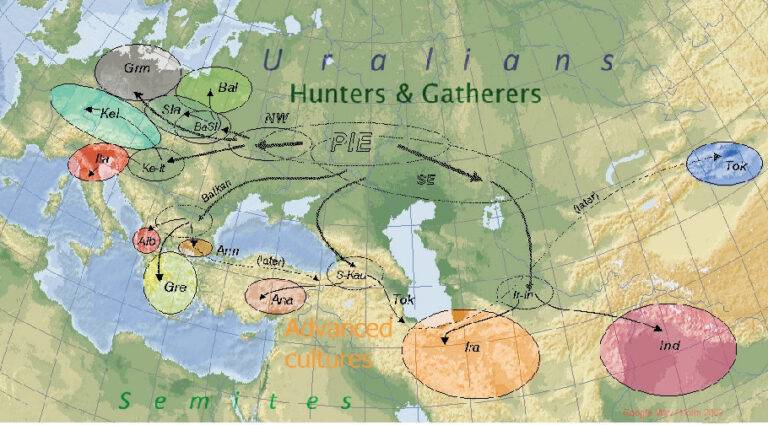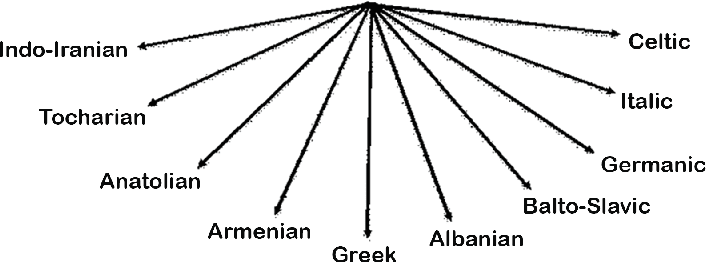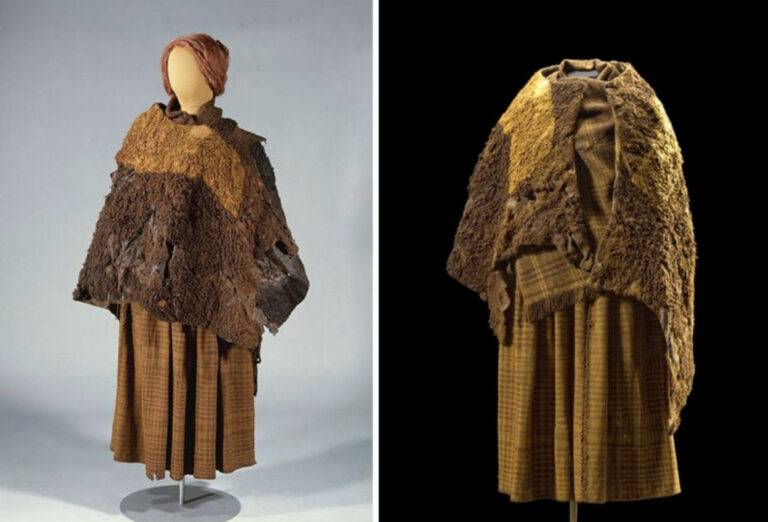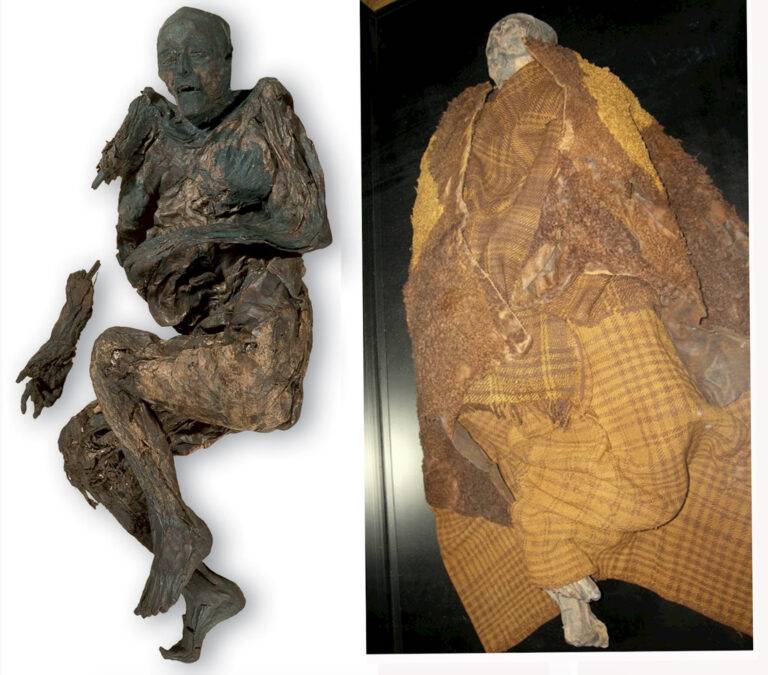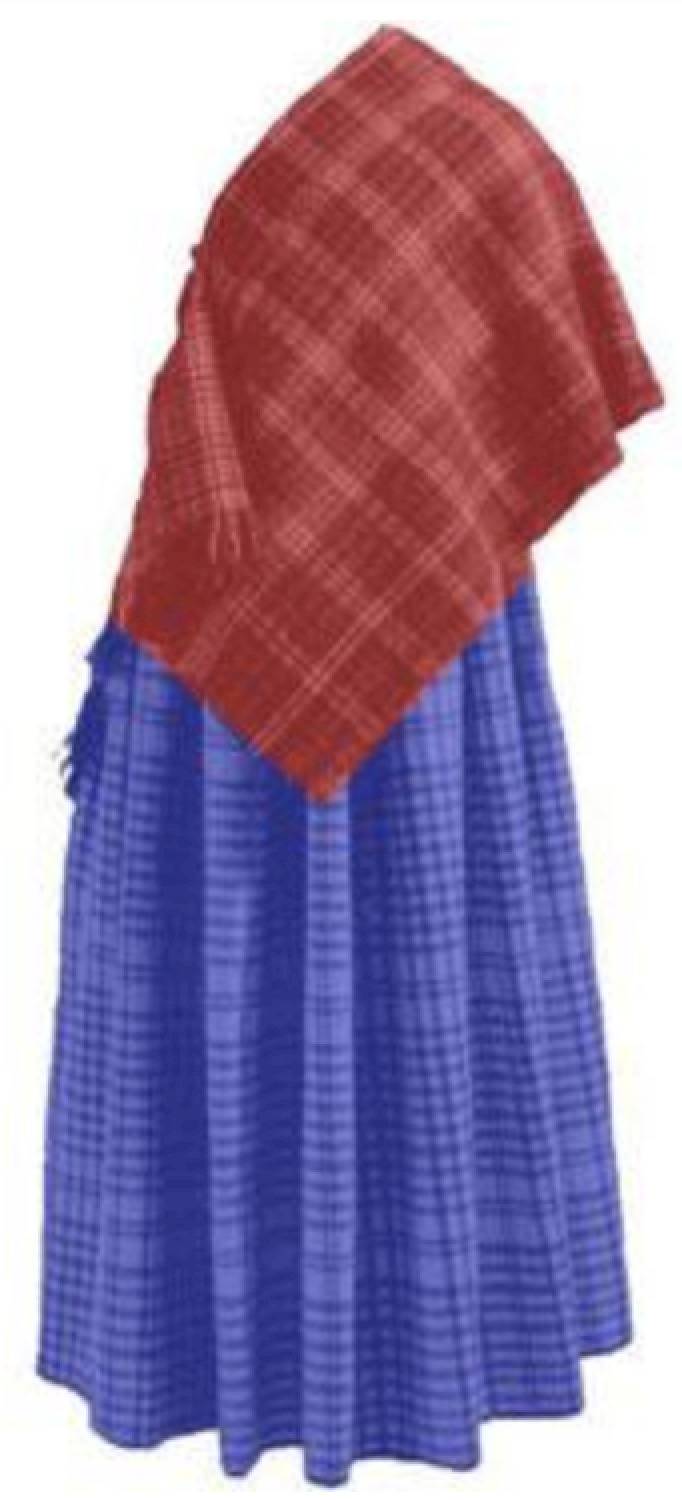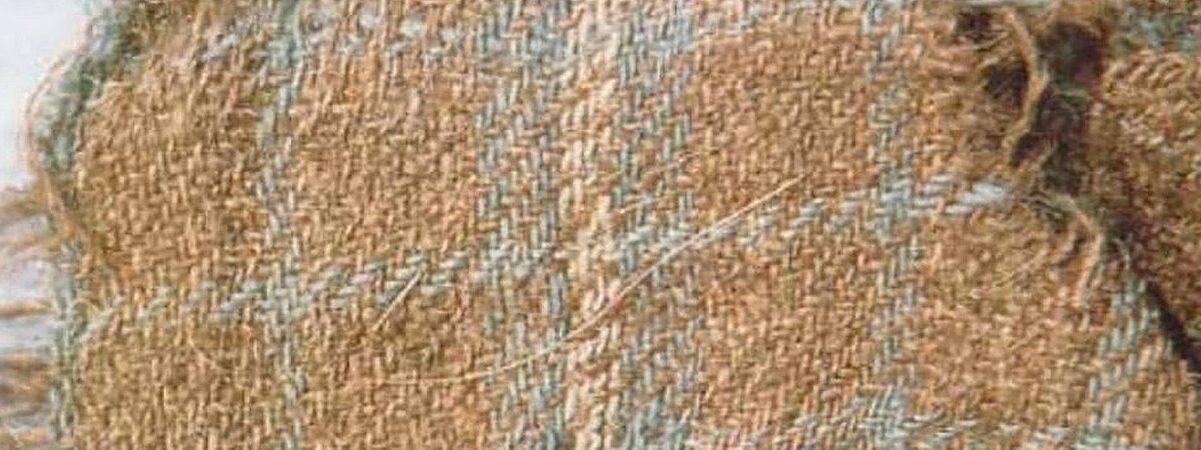
THE WORLD OLDEST TARTAN
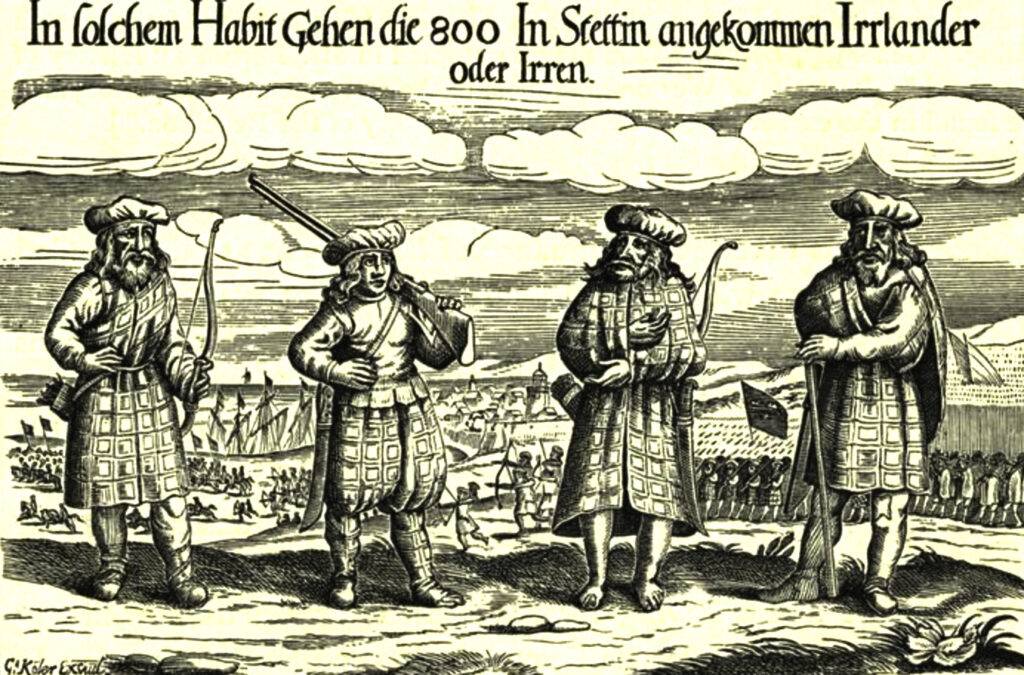


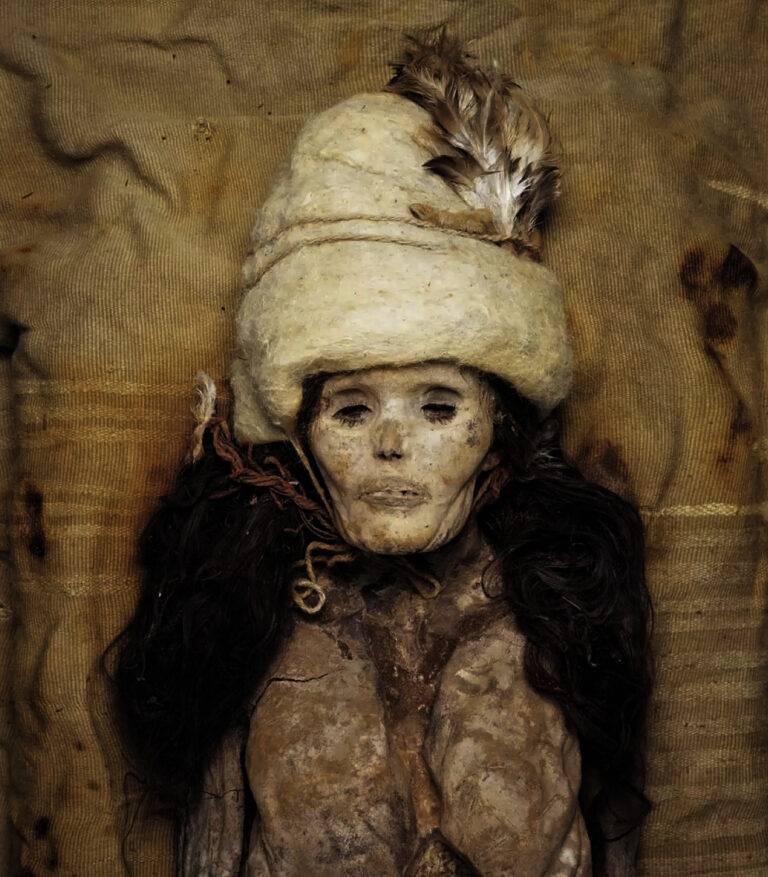
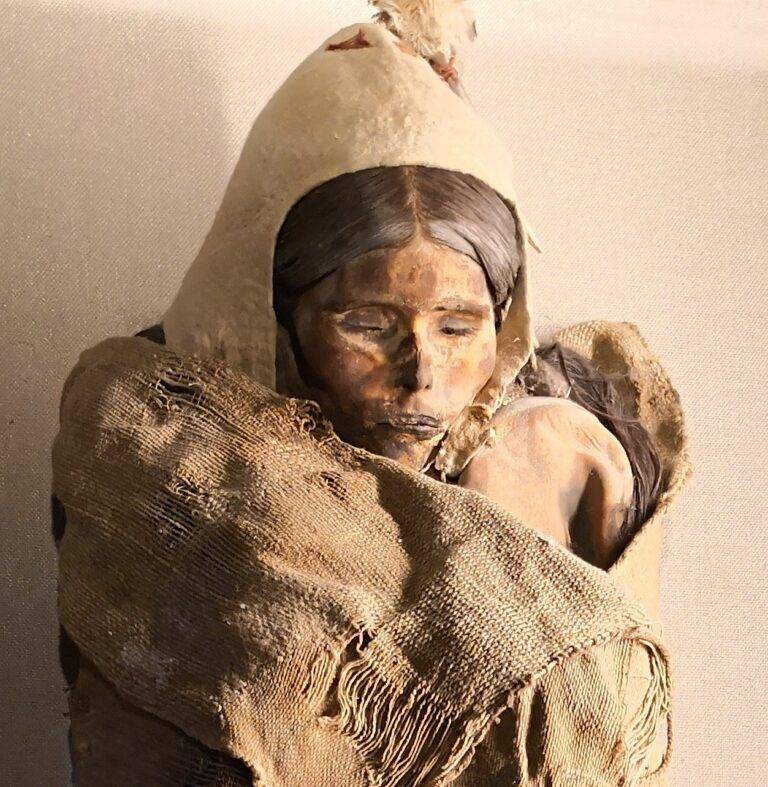
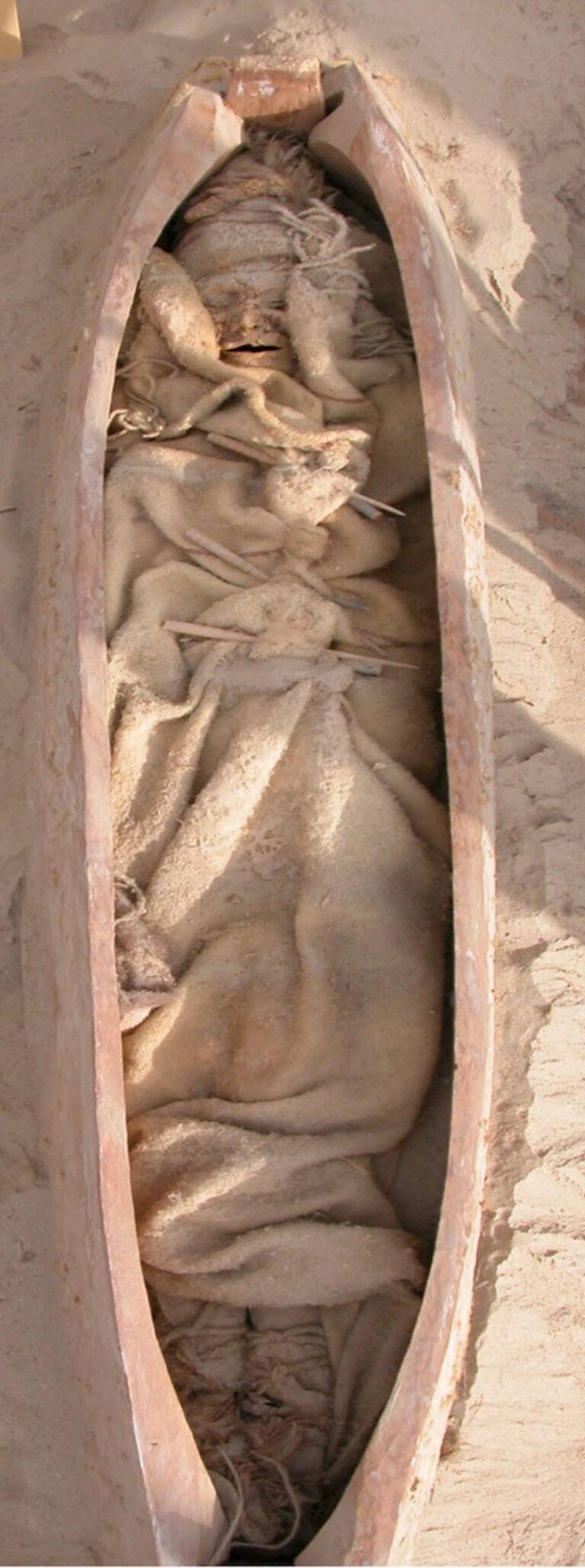
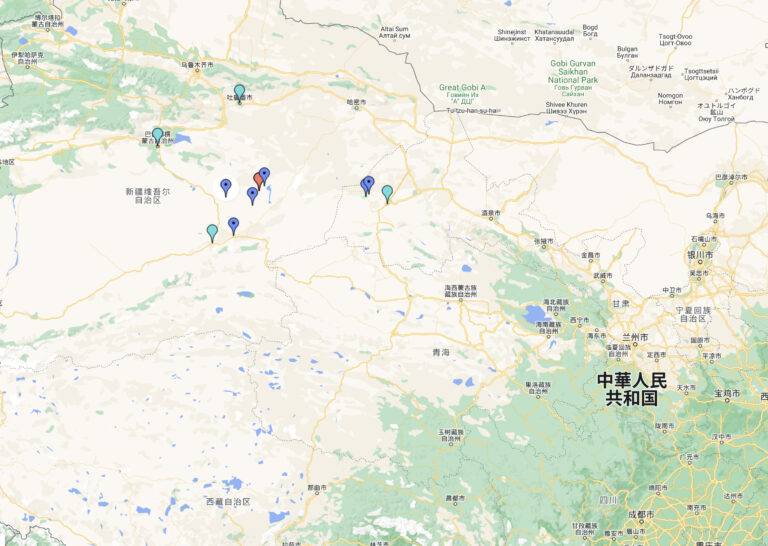
1st Wave: from the end of the 3rd millennium BC (3000 BC – 2001 BC), i.e., from about 4000 years ago
2nd wave: 17th century BC (1700 BC – 1601 BC), i.e., from about 3700 to 3600 years ago
3rd Wave: end of the 2nd millennium BC (1001 BC) OR beginning of the 1st millennium BC (1000 BC), i.e., from about 3000 years ago
- 第1波:紀元前第三千年期(BC.3000年~BC.2001年)の最後、つまり、約4000年前から
- 第2波:紀元前十七世紀(BC.1700年~BC.1601年)、つまり、約3700~3600年前から
- 第3波:紀元前第二千年期の終わり(BC.1001)or 紀元前第一千年期の初め(BC.1000)、つまり、約3000年前から
In 2007, a team of scientists from the National Geographic Society, led by Spencer Wells, examined the DNA of the Tarim mummies. They found that the Tarim Basin was continually inhabited from 2000 BCE to 300 BCE, and that the people who lived there had a diverse genetic background, with origins in Europe, Mesopotamia, the Indus Valley, and other regions.A 2008 study by Jilin University found that the Tarim people were closely related to modern populations in South Central Asia and the Indus Valley, as well as to an ancient population called the Chawuhu.
Between 2009 and 2015, scientists analyzed the DNA of 92 individuals from the Xiaohe Tomb complex. They found that the mothers of the Xiaohe people came from both East Asia and West Eurasia, while the fathers all came from West Eurasia. Mitochondrial DNA analysis showed that the Xiaohe people carried mtDNA haplogroups H, K, U5, U7, U2e, T, and R*, which are now most common in West Eurasia. They also carried haplogroups B5, D, and G2a, which are common in modern populations from East Asia. Haplogroups C4 and C5, which are now common in Central Asian or Siberian populations, were also found in the Xiaohe people. Haplogroups M5 and M*, which are now regarded as typically South Asian, were also found in the Xiaohe people.
A 2010 study by Li et al. found that nearly all of the males in the Xiaohe sample (11 out of 12, or around 92%) belonged to Y-DNA haplogroup R1a1-M17 (Z93-), which is now most common in Northern India and Eastern Europe. The remaining male belonged to the exceptionally rare paragroup K* (M9) from Asia. The geographic location of this admixing is unknown, but it may have occurred in southern Siberia. Chinese historian Ji Xianlin has said that China “supported and admired” research by foreign experts into the mummies. However, he has also warned against using the mummies to promote ethnic separatism. He has said that some people have styled themselves the descendants of the ancient “white people” of the Tarim Basin in order to divide China. Barber has criticized these claims, noting that the Tarim mummies are not more closely related to Turks than they are to Han Chinese. Due to the “fear of fuelling separatist currents”, the Xinjiang museum displays all of their mummies, both Tarim and Han, together.
In 2021, the School of Life Sciences at Jilin University, China, analyzed the DNA of 13 individuals from the Tarim Basin, dated to c. 2100-1700 BC. They found that 2 of the individuals belonged to Y-haplogroup R1b1b-PH155/PH4796 (R1b1c in ISOGG2016), and 1 belonged to Y-haplogroup R1-PF6136 (xR1a, xR1b1a).

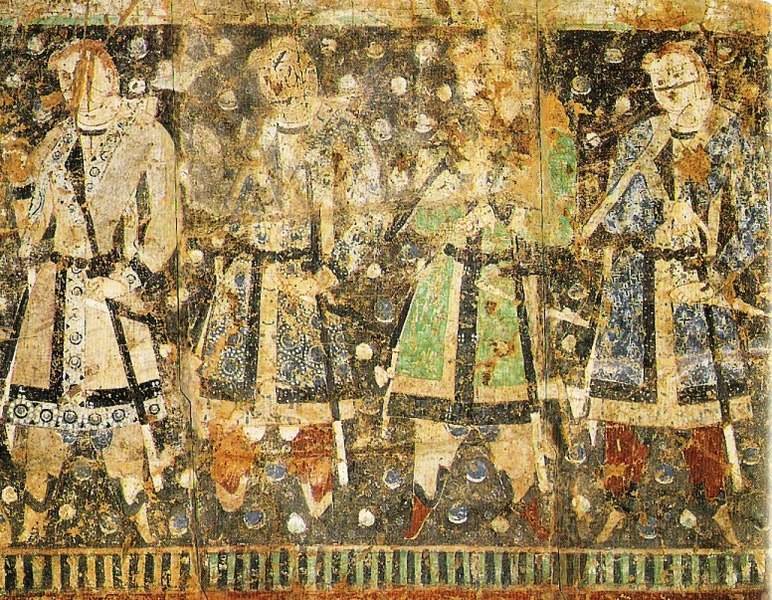
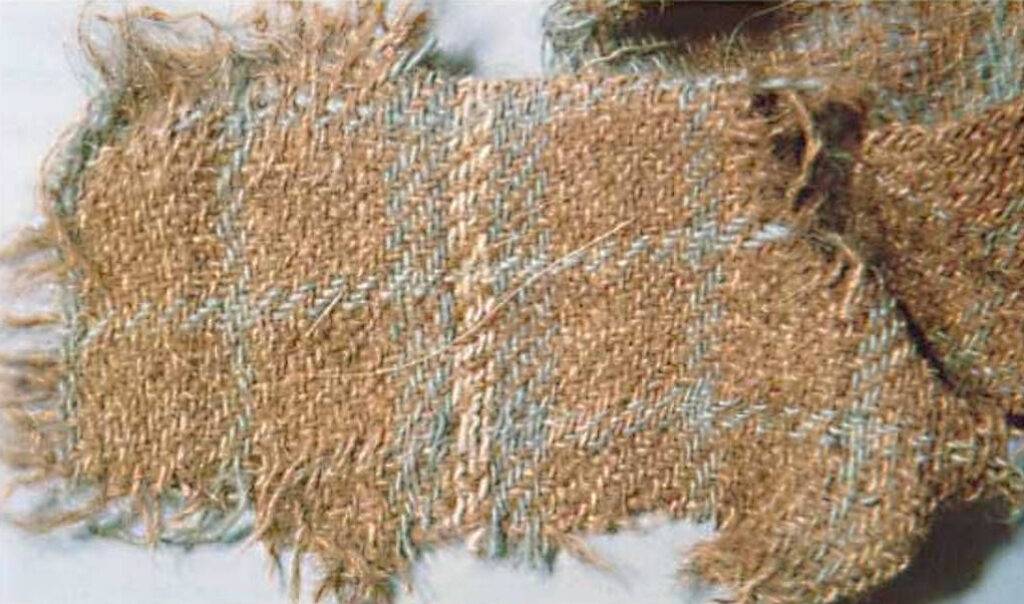
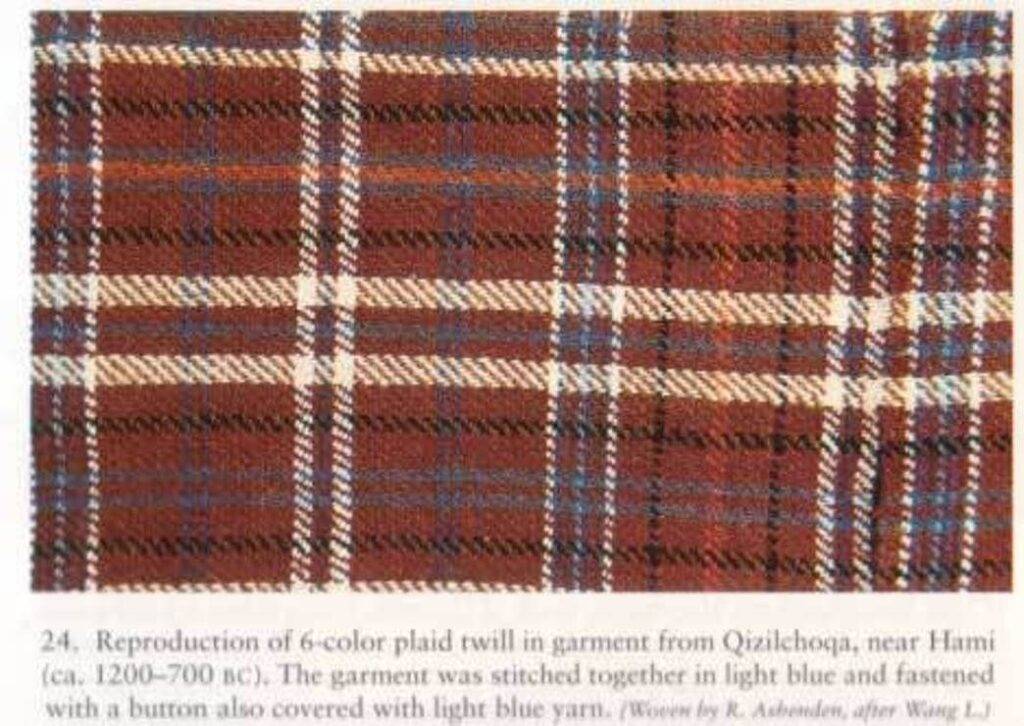
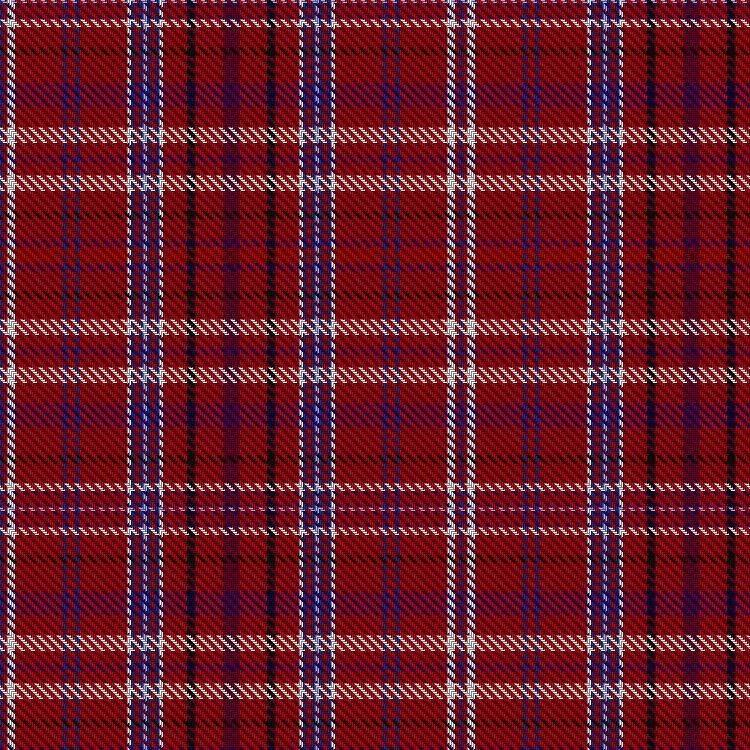
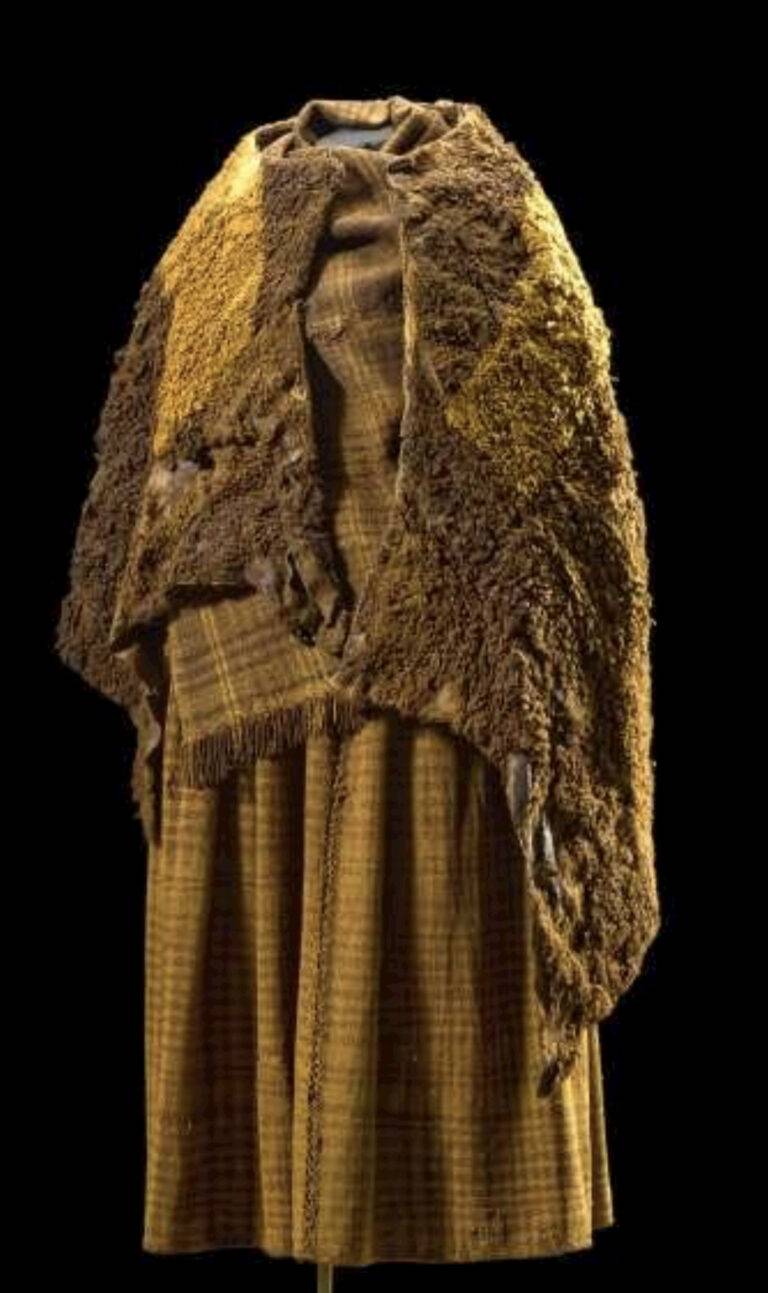
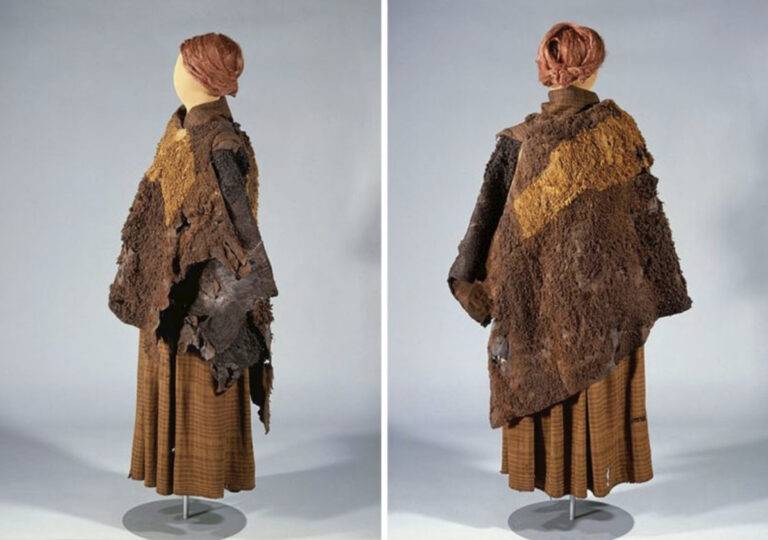
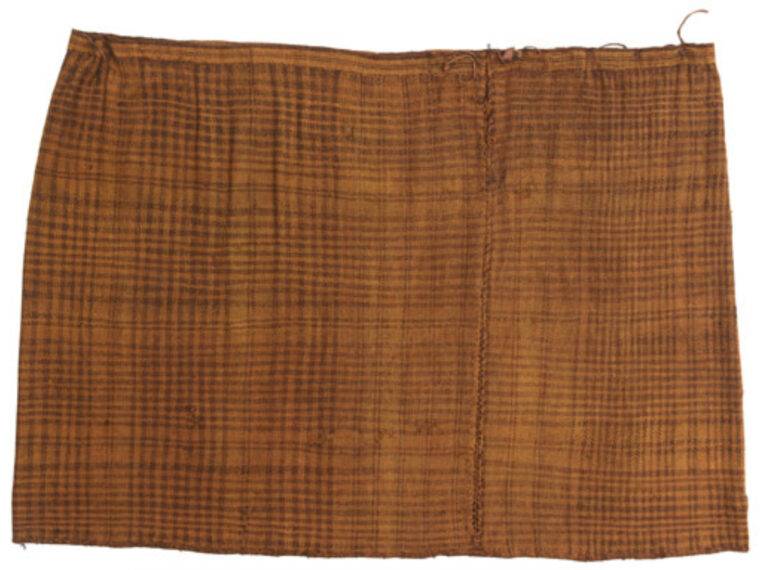
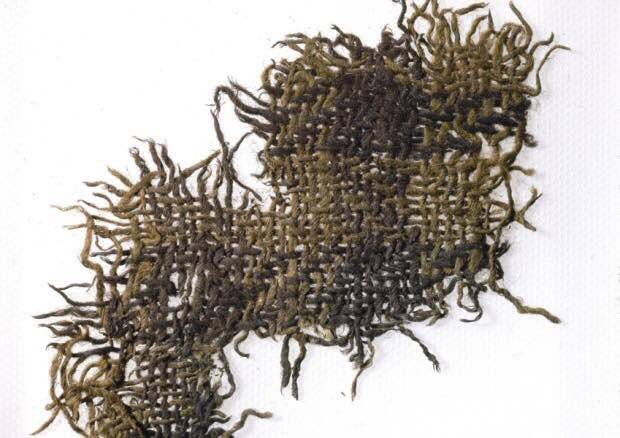



Why Scots love KILT


